The Lives of Documents—Photography as Project
Canadian Centre for Architecture
Montreal
Through March 3, 2024
At the heart of Montreal’s Canadian Centre for Architecture (CCA) is a photography project. The CCA was founded by Phyllis Lambert, whose quest to photograph Montreal’s then-disappearing Greystone architecture motivated her return to her native city in the 1970s. Lambert soon began acquiring photographs for what became the CCA Collection, and the institution’s first exhibition was entitled Photography and Architecture (1982). In the decades since, the CCA has valorized photography as a unique means of studying architecture through commissions, research projects, and exhibitions.
My own project as a historian of images began in 2006 when a fellowship from the Power Corporation of Canada allowed me to study the CCA’s impressive collection of 19th century construction photographs. A decade later, I was one of eight scholars selected for the CCA’s multidisciplinary research program on “Architecture and/for Photography,” funded by the Mellon Foundation. I share with the institution a belief that photography offers a unique tool for understanding the world we inhabit.
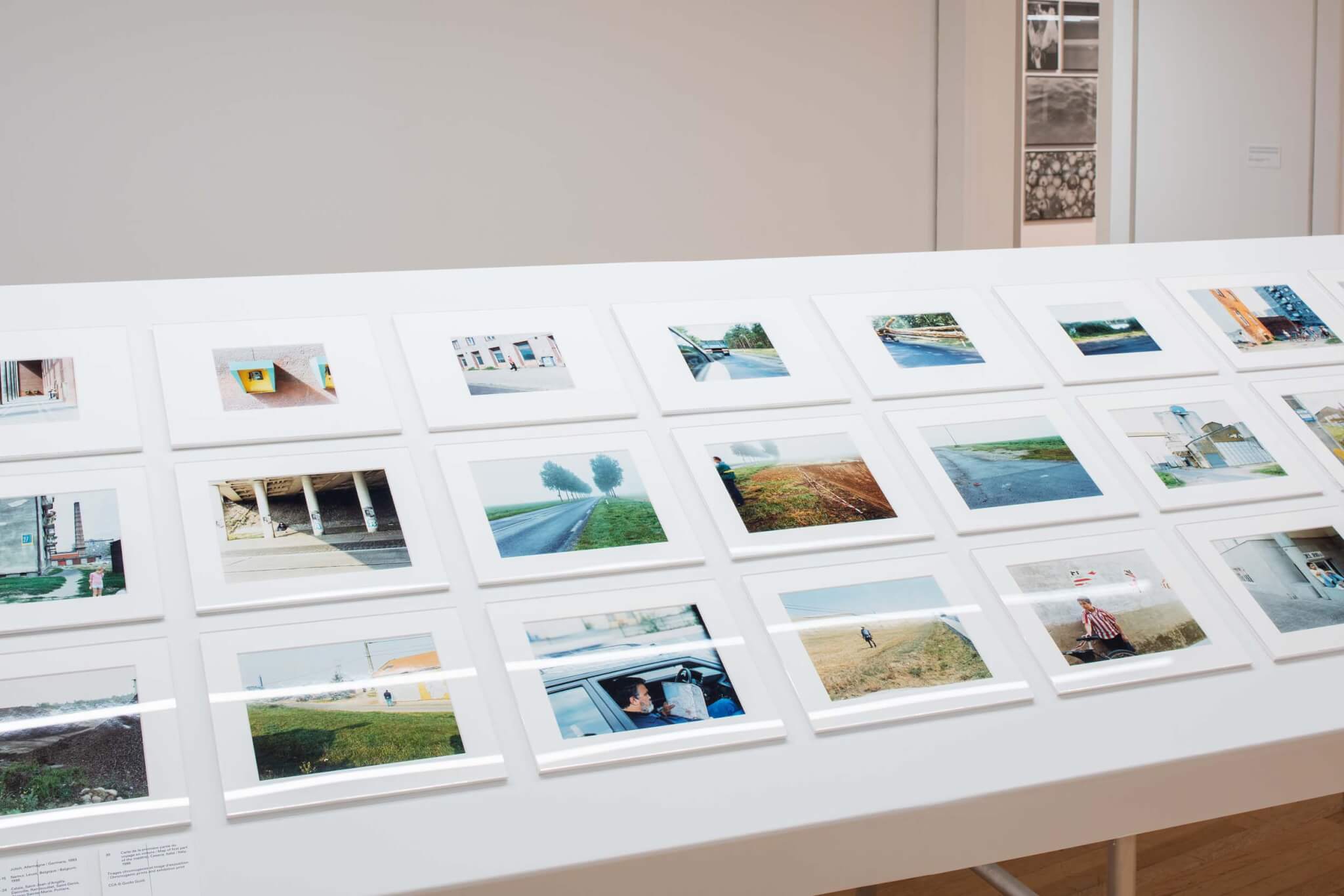
This May, the CCA embarked on a trilogy of research and exhibition projects relating to photography, of which The Lives of Documents—Photography as Project is the first. Curated by photographers Bas Princen and Stefano Graziani, the exhibition asks, “how does one construct a visual argument?” The multitudes of work on display offer ample possibilities. Decentering the photograph as a singular object, the medium’s tendency toward seriality is instead brought to the fore. As Princen relates, “Photographers make their visual arguments by organizing images. How do they choose and combine images for a project? How does its form of display—in a book, album, printed as zines or postcards, on a wall—change the way a viewer understands its argument?”
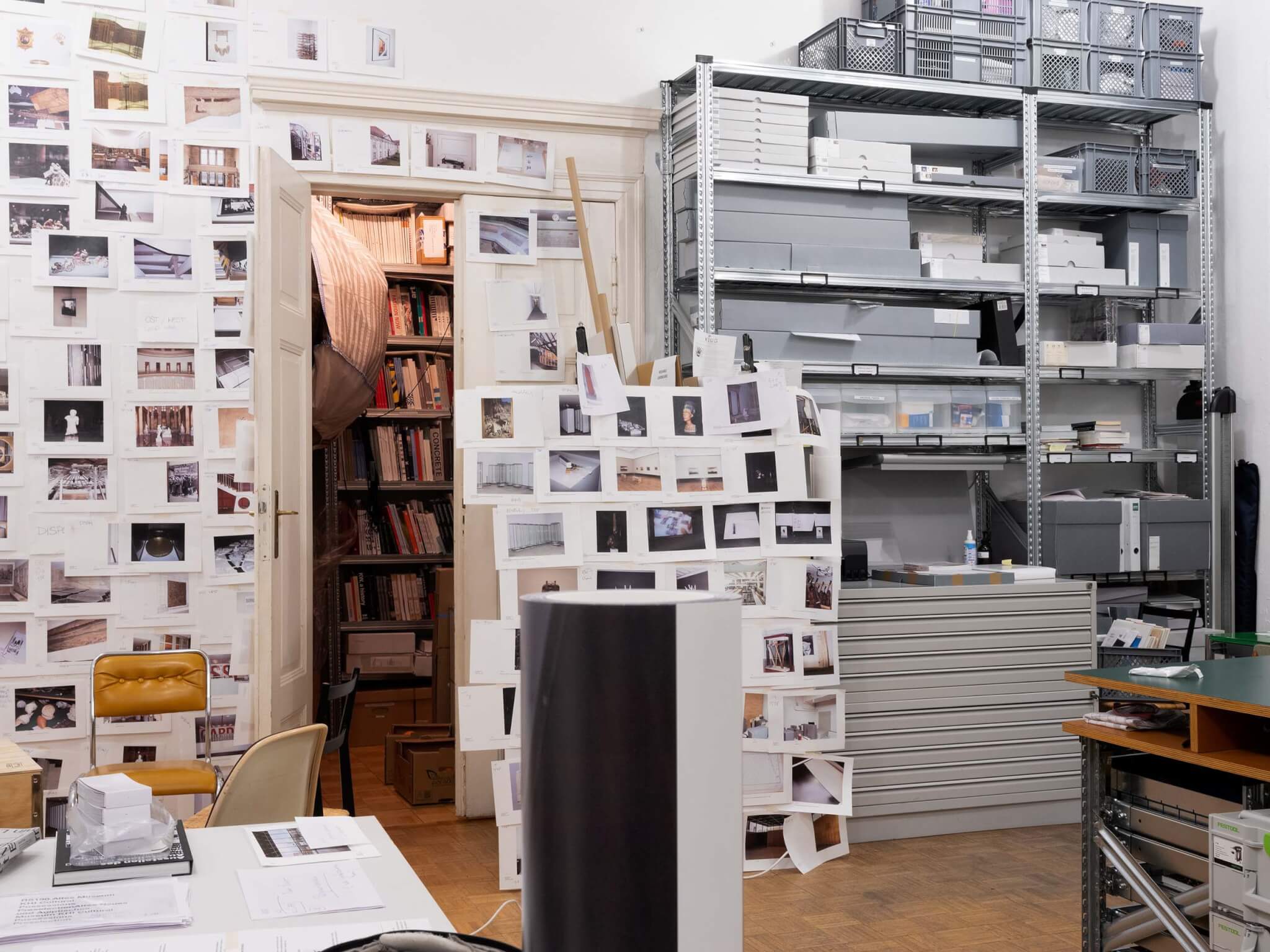
The exhibition features work by 31 “authors” (this is the term the curators have chosen) produced from the 1970s to the present day. What links these works is what Princen terms their “unspectacular view of reality.” Lewis Baltz’s photographs of industrial parks and a single view of a Ruhr valley working-class house by Bernd and Hilla Becher illustrate the mid-century origins of this quotidian outlook. As the historian Jesús Vassallo has recently theorized, this desire to explore the banal realities of our modern built environment has also animated the work of contemporary photographers such as Graziani and Princen.
The rigidity of the CCA’s galleries is frequently a challenge for curators. But thanks to Dyvik Kahlen Architects’ excellent exhibition design, they have been transformed into a non-hierarchical landscape. Most works are displayed lying flat on large white tables; some are tilted at a 45-degree angle. The effect is akin to being in front of a worktable in a photographer’s studio, and viewers easily distinguish between what can be touched and what cannot. One feels that the items on display could be rearranged, confirming the provisional nature of any photographic project. Elegant binders (designed by Ponik Peeters) on each table provide biographic information on each “author” alongside Princen and Graziani’s own commentary, while screens in each gallery display interviews by Princen and Graziani with nine of the featured photographers.
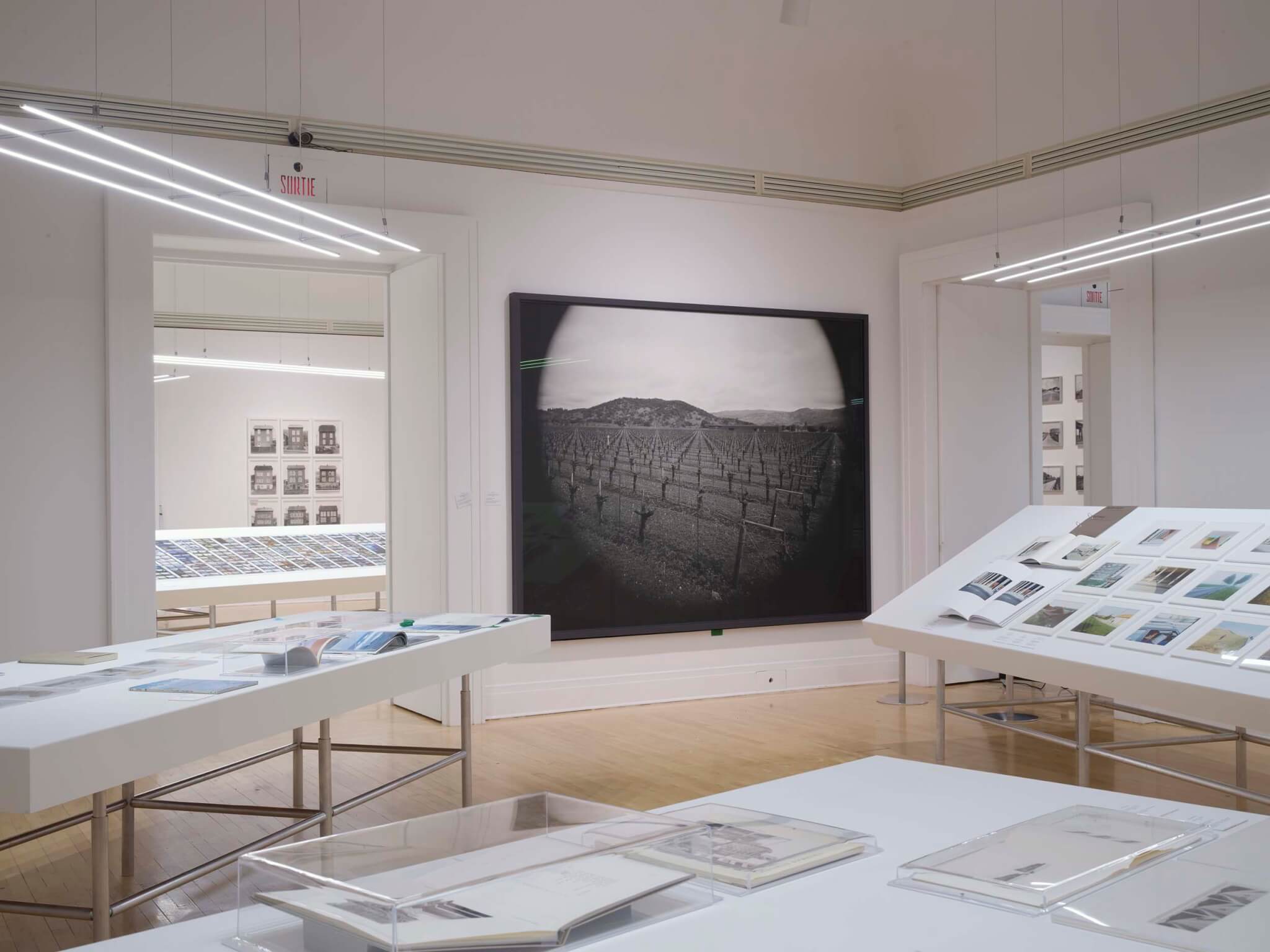
One of the first projects featured in The Lives of Documents is the photographs taken by Guido Guidi on a series of road trips across Europe from Kaliningrad to Santiago in the mid-1990s. These were published in Guido Guidi. In Between Cities (2003). Graziani accompanied Guidi and the urban designer Marco Venturi on these travels and can be seen studying a map in one of the exhibited photographs. While Guidi was ostensibly traveling into the unknown (east of the former Iron Curtain), Graziani observes that Guidi’s images “mostly show similarities rather than differences between places.” Long before European Union expansion brought standardization and a degree of sameness to the Eastern bloc, Guidi’s gaze became a “key tool used to unify Europe.”
Several photographers featured in The Lives of Documents use humor to make their visual arguments. For example, Marianne Wex’s series Let’s Take Back Our Space (1977) digs into an expansive reserve of photographic imagery (her own photographs, as well as those found in magazines, advertisements, and art catalogues) to explore the gendered nature of sitting positions. The result is a comic yet biting history juxtaposing grievous examples of “man-spreading” with women sitting with tightly crossed legs. While making viewers conscious of their unconscious behaviors, Let’s Take Back Our Space also demonstrates the extent to which context influences the meaning of any image. Many of Wex’s works in this series have been sold as individual prints, but only cumulatively and comparatively can they assume their full value.
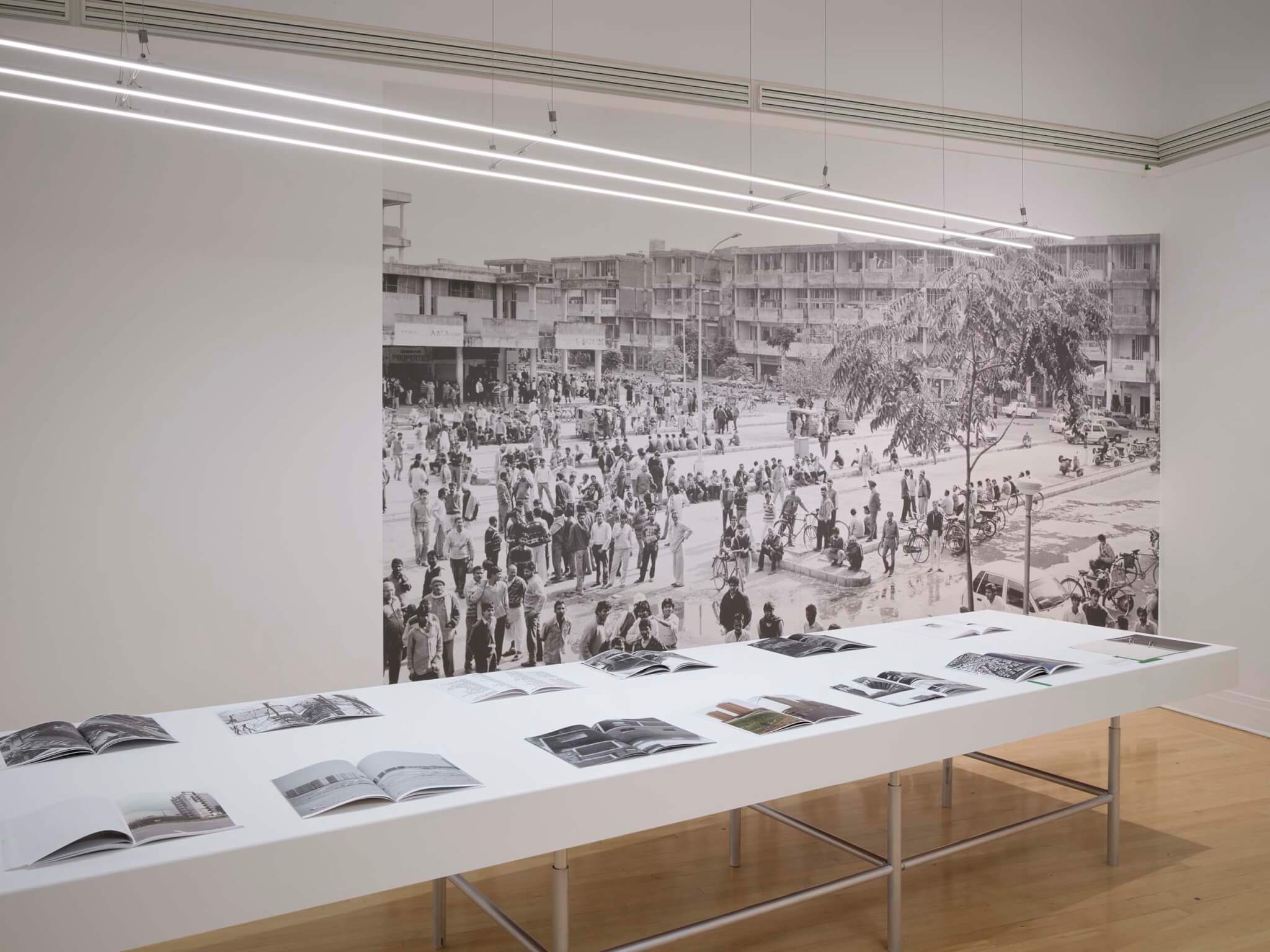
Other works are deadly serious, like the haunting photographs taken by Richard Misrach in New Orleans following Hurricane Katrina. Destroy This Memory, 2005 (2010) documents desperate messages spray-painted on buildings as the humanitarian catastrophe unfolded: “I am here / I have a gun,” “HELP! HELP!” and “Michael / Where ARE / YOU? / 4858751247.” Originally conceived as quick notes using a digital pocket camera, Misrach’s photographs themselves record annotations; the caption resides inside these images. Similar serial recordings of disaster are also offered by Takashi Homma’s photographs of radioactive mushrooms and Naoya Hatakeyama’s visits to his hometown of Rikuzentakata, Japan. Both bodies of work were made in the wake of the 2011 Tōhoku earthquake and Fukushima nuclear disaster. Together, these projects follow a documentary approach that is distinct from both the immediacy of photojournalism and the controlled nature of more conceptual projects. In so doing, they confirm photography’s unique capacity to register the effects of calamities as they unfold over time.
Perhaps the most impressive physical object in The Lives of Documents is the Dutch artist Gert Jan Kocken’s massive print of overlaid World War II–era maps of Amsterdam. Replete with their distinctive symbols and typography, this mashup of Dutch, German, and American cartography tells a story of occupation, genocide, aerial bombardment, and resistance. As Kocken explains, each successive cartographic layer adds information to the work, while simultaneously obscuring its legibility. But what is a such a work doing in a photography exhibition? Is it a different form of the seriality on display which links almost all the projects in The Lives of Documents? The curators claim affinities between Kocken’s work and photography on the grounds that each privileges subject matter over authorship, just as history painting does. However, the added visual confusion brought by each additional map offers a troubling and provocative questions for the rest of works in the exhibition: if The Lives of Documents argues that a single photograph gains power when it is part of a series, at what point does adding more images to a project become counter-productive, diluting this power?
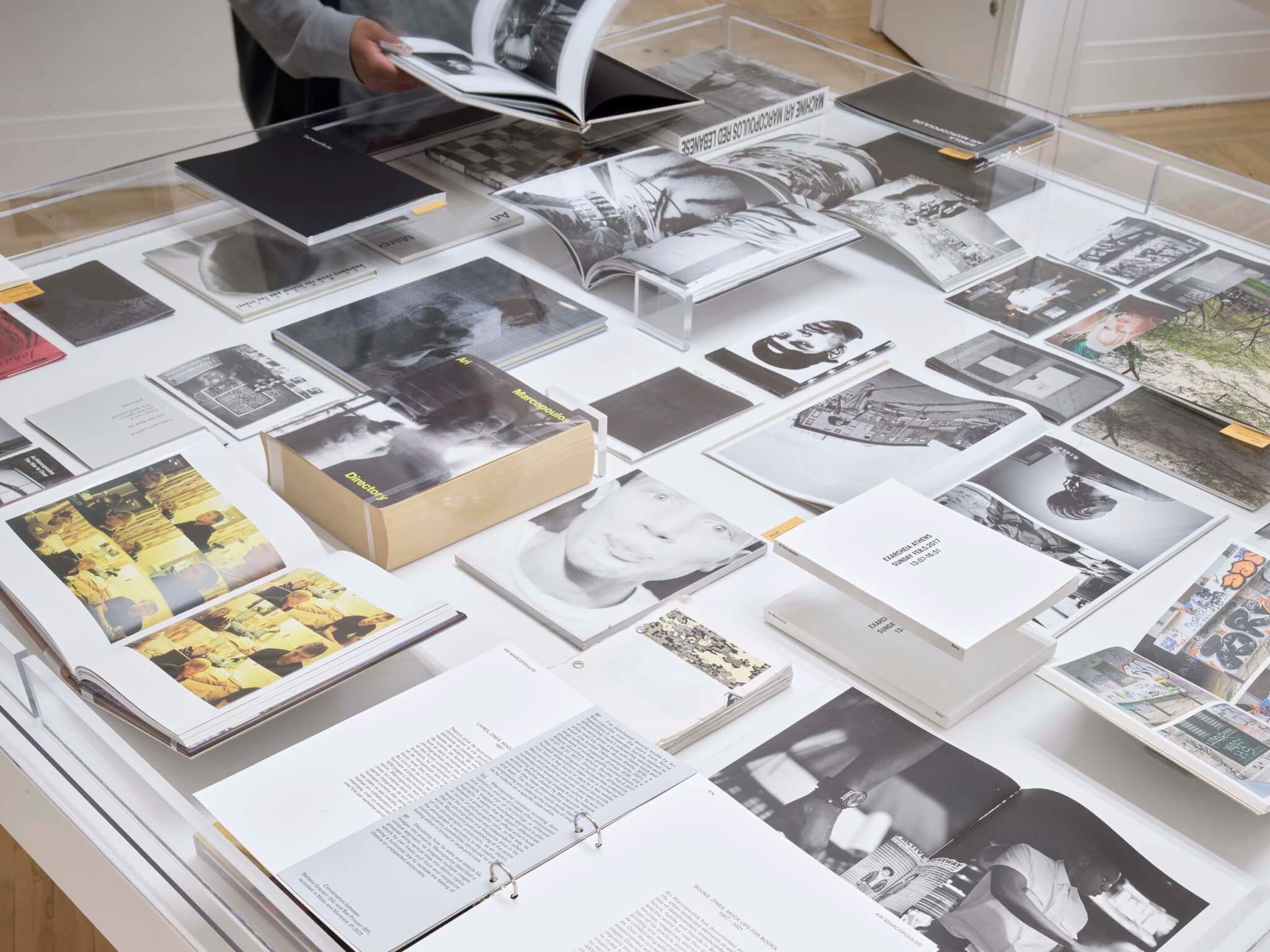
If The Lives of Documents explores how photographic projects come into being and how they evolve, its strongest message is that they are hard to wrap up. Aglaia Konrad photocopies prints to recombine and expand her archive with Copy Cities (2003–04), and Douglas Heubler attempted to photograph every single living human being in Variable Piece #70 (1976). This suggests a scale beyond the capacity of a single photographer—but not, it would seem, beyond the capacity of photography itself? The latter project only ended with Huebler’s death in 1997.
Ultimately, The Lives of Documents is a brilliantly rich confluence of three closely aligned photographic projects: Princen’s, Graziani’s, and the CCA’s. Together they form a genealogy that solidifies a very distinctive way of seeing and representing the world. As Princen and Graziani explain, “We have tried to reflect on the ways photographers have. . . produced visual arguments capable of articulating critical, urgent, and innovative positions on the changing built environment.” In so doing, they have brought us into their own worlds, producing yet another iteration of their own projects.
Peter Sealy is an architectural historian and Assistant Professor at the University of Toronto.











